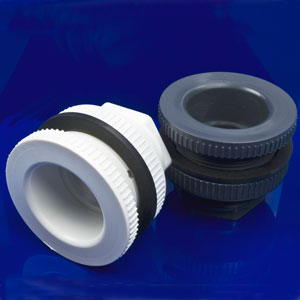Only if you have the knowledge to wield it properly.So, if knowledge is power, and knowledge costs money, does that mean that money is power?
Let us not forget that a fool and his money are soon parted.

Only if you have the knowledge to wield it properly.So, if knowledge is power, and knowledge costs money, does that mean that money is power?

CannaBunkerMan,
Thanks for taking the time to show us your system. You mentioned usplastic's bulkhead fittings. But you didn't mention which ones. They have a bunch of different ones. So, which ones did you use? Do you think the ones you chose would work on a round 5 gallon bucket?


CannaBunkerMan,As for the balancing, I ended up moving the bunker's breaker (100A) in the main panel to the other half of the same main panel. I still had the same problem.

The only question and comment I have is about that swinging door entrance. It took me a while to figure out how it was supposed to work. The video finally made it click for me. But one thing I don't understand is the steps that go over the doorway from the outside entrance. Do you have to remove those every time you enter the bunker? If you leave them out, wouldn't it compromise the stealth of the entrance? And if they're a hassle to put in and take out, would there be a tendency to get careless and just leave them out all the time?
When I first saw what you were trying to do with that door, I thought it was going to be one of those swing-down attic doors with the stairs/ladder built in. This kind of thing:

Have you ever thought of something like this? That way it could swing down, not up. And the stairs would be part of the door and not have to be removed. Or maybe they'd be upside down. And then you could get rid of that step ladder. I don't know. Just a thought.
BTW, does any one have any suggestions about the problem from post 369? The roots look fine, fresh and white, but how do you tell if they're getting enough dissolved O2?